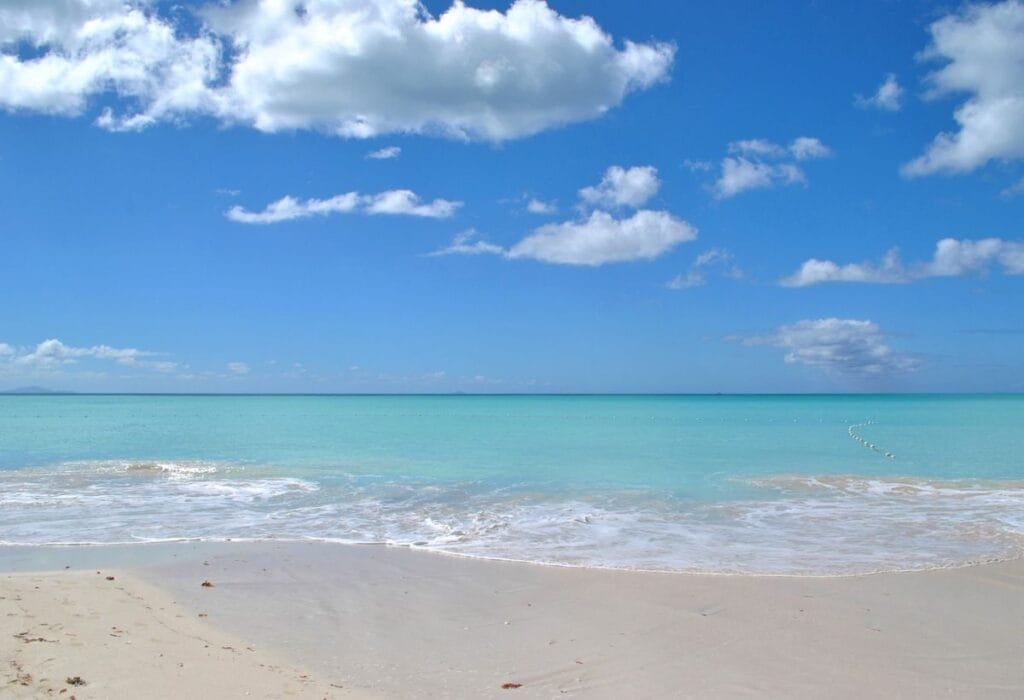A large majority of Europe’s waters are safe to swim in, according to the European bathing water assessment for the 2024 bathing season, published by the EU Commission.

The report found that over 85% of monitored locations met the EU’s most stringent ‘excellent’ bathing water quality standards last year, while 96% of all officially identified bathing waters in the EU met the minimum quality standards.
The assessment and the interactive map, put together by the European Environment Agency (EEA) in cooperation with the Commission, highlight where swimmers can find well managed bathing sites in Europe. The assessment inspects water suitability for bathing, focusing on monitoring bacteria which can cause potentially serious illnesses.
Overall, over 22,000 bathing water sites across all 27 EU Member States, plus Albania and Switzerland were assessed. In five countries — Cyprus, Bulgaria, Greece, Austria and Croatia — 95% or more of bathing waters were of excellent quality. Only 1.5% of the EU’s bathing waters were found to be of poor quality.
The quality of coastal bathing waters is generally better than that of rivers and lakes. In 2024, around 89% of coastal bathing waters in the EU were classified as excellent, compared with 78% of inland bathing waters.
Bathing water quality in Europe has improved markedly over recent decades largely thanks to EU legislation. The combined effect of systematic bacteriological monitoring pursuant to the EU’s Bathing Water Directive and large investments in urban wastewater treatment plants led to a drastic reduction in pathogens that were previously being released. Thanks to these continued efforts, bathing is now also possible in many urban areas.
While most of Europe’s bathing waters are in excellent condition from a bacteriological perspective, chemical pollution of surface and groundwaters remains significant and may be exacerbated by the changing climate. Improving water resilience for people and for the environment is therefore crucial.
Other challenges to water quality like toxic cyanobacterial blooms, which are not part of monitoring prescribed by EU bathing water rules, frequently result in bathing warnings and restrictions.